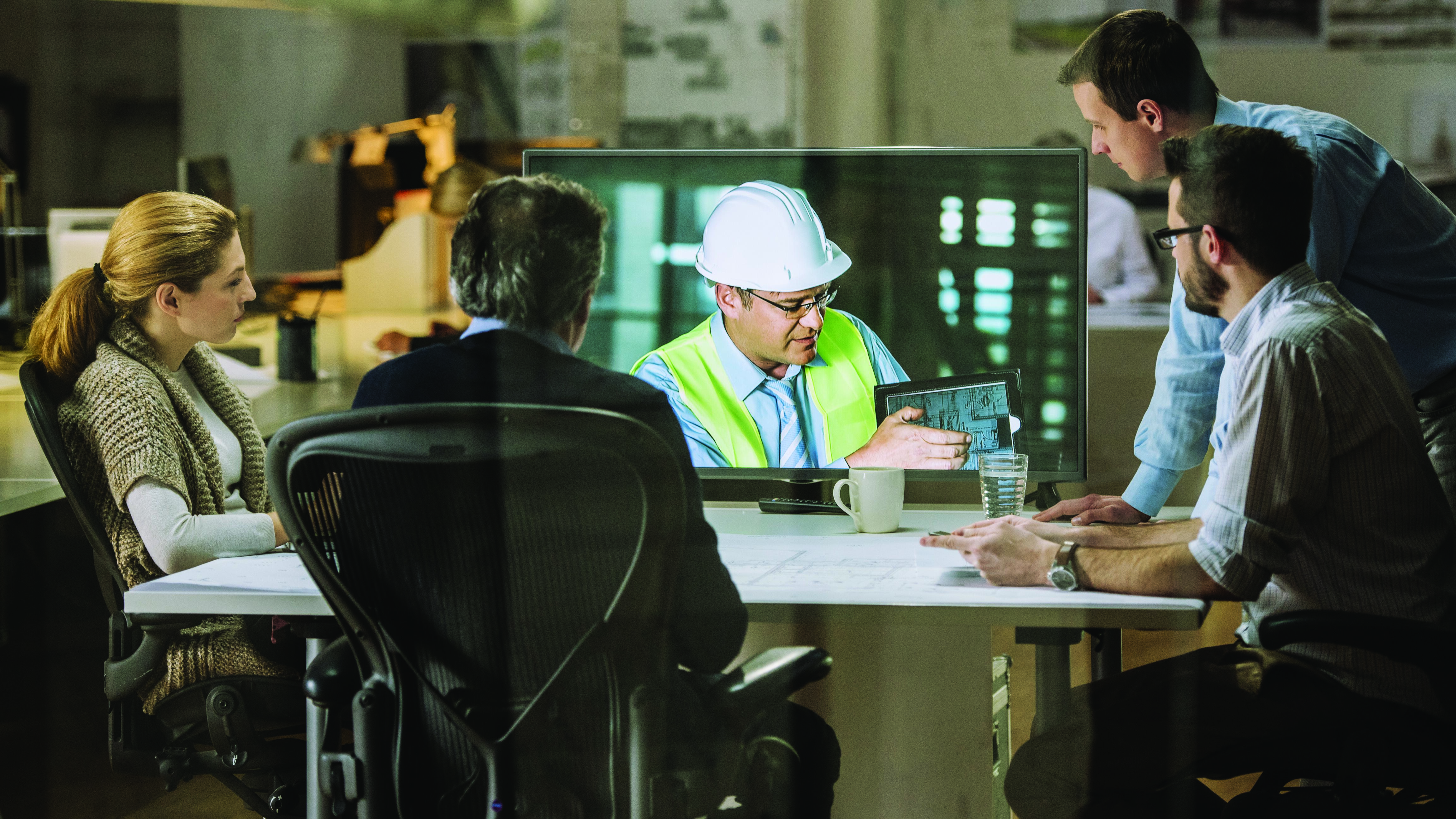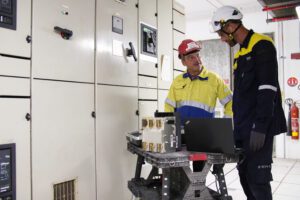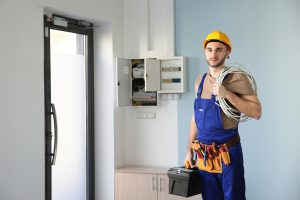The Schneider Electric Innovation Summit World Tour begins with online events being hosted in many regions of the globe. In support of this year’s theme, ‘The Path to Sustainability: Digitization and Electrification,’ thought leaders and experts will help you learn how to make your buildings future-ready to improve sustainability, efficiency, and resilience while being more healthy and engaging for occupants.
As part of the ‘Partnerships of the Future’ track, an expert panel reveals why the design-build process needs to be reformed to better ensure that facility management teams get the digital smart building tools they need to achieve the above outcomes. In this post, I will preview a few of the key points made during this session, which we invite you to watch in its entirety by registering for the Innovation Summit.

FM 2.0 – the need to digitally transform buildings
Arup recently released the ‘FM 2.0’ report which reinforces why smart technology is critical to helping facility management (FM) teams improve building performance and the end-user experience while reducing environmental impact.
Smart building technologies enable FM personnel to be more strategic and targeted in terms of how they maintain the building and its electrical distribution and mechanical infrastructures, rather than always being reactive. A high-performing building can also achieve increased rental income and asset value.
The design-build process needs to change
More and more owners and tenants demand greater, verifiable performance from the buildings they operate or lease. This requires facilities to become smart buildings with a digital infrastructure of connected assets. However, designing these tools into new commercial buildings and mission-critical facilities is still not happening often enough.
The steps forward to help meet FM outcomes
In response, all panel members agree that early engagement with the client is essential to clearly understand the required building performance outcomes, both for technical FM teams and non-technical occupants. A ‘use case discovery’ phase can help gain this understanding. In contrast, an ‘innovation lab’ can help validate that selected technologies will deliver on the specified outcomes for all parties – including the client, designer, technology provider(s), general contractor, and master system integrator.
The panel participants also discuss the importance of defining a budget early on for smart technologies and their associated integration requirements to clarify to contractors that if value-engineering affects that budget, it will also impact the outcomes.
A well-designed smart building benefits all
A facility designed to provide the necessary digital tools will help FM teams deliver on the performance outcomes expected by owners and tenants while being simple for users to understand and engage with.
But a more collaborative and detailed design-build process benefits all stakeholders in other ways.
More detailed and complete design specifications will also reduce variances, wasted time and money, and risk for builders and integrators.
To learn more, register now for the Innovation Summit, and watch the expert session “Reforming the Design-Build Process Can Improve Smart Building Outcomes.”



